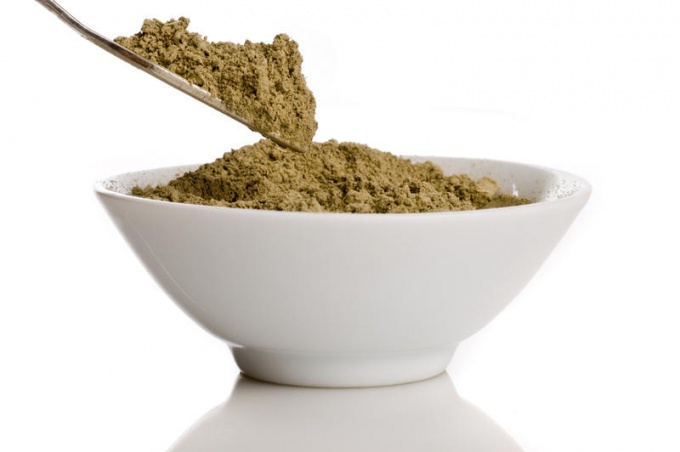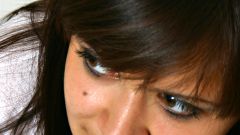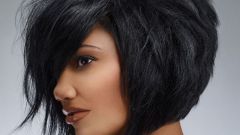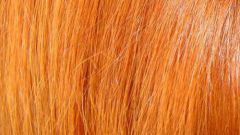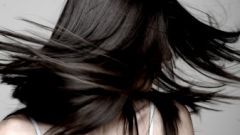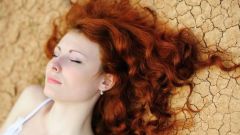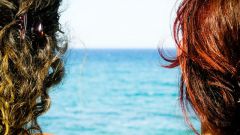In the same way as henna, Basma strengthens hair, promoting hair growth. Pure Basma will color the hair in the emerald color, so this paint is used in combination with henna.Depending on the desired result using the following proportions:
- to get a bronze color on dark brown hair: 2 parts henna powder 1 part powder Basma;
- a deep chestnut color on dark blonde and Auburn hair: 1 part of the powder henna and 1 part Basma powder;
- to obtain a black color of hair : 1 part henna powder, 2 parts of powder Basma.
Mix the powders with hot water with olive oil, time kept, depending on the intensity desired result and the original color of hair. Most often the desired result is achieved individually through a series of trial and easy-to-edit ratio, and exposure time. If you need to paint the gray hair, henna and Basma should be applied consistently, in this case, the powders are mixed: first, the hair is henna, and then, after exposure to henna on damp washed hair is Basma.
Perhaps the downside of staining Basma is what a specific colour result is impossible to predict, to come to what you want, by trial and error (of course, if you're not lucky in the beginning, and you will not find after the first staining "their" color). So if you need to obtain a specific shade, and not "darker" or "brighter", perhaps you should choose a different dye.
To smooth the result of a botched dye it is possible to use an oil mask. Burdock, olive AI almond oil should be slightly warmed and applied to dyed hair, wear a shower cap, wrap with a towel and stand 20-30 minutes and rinse in the usual way using shampoo.
